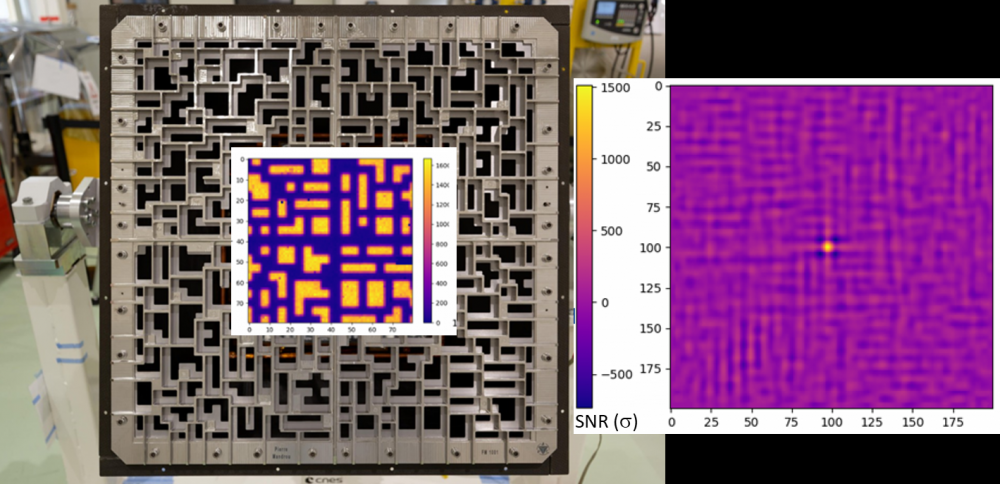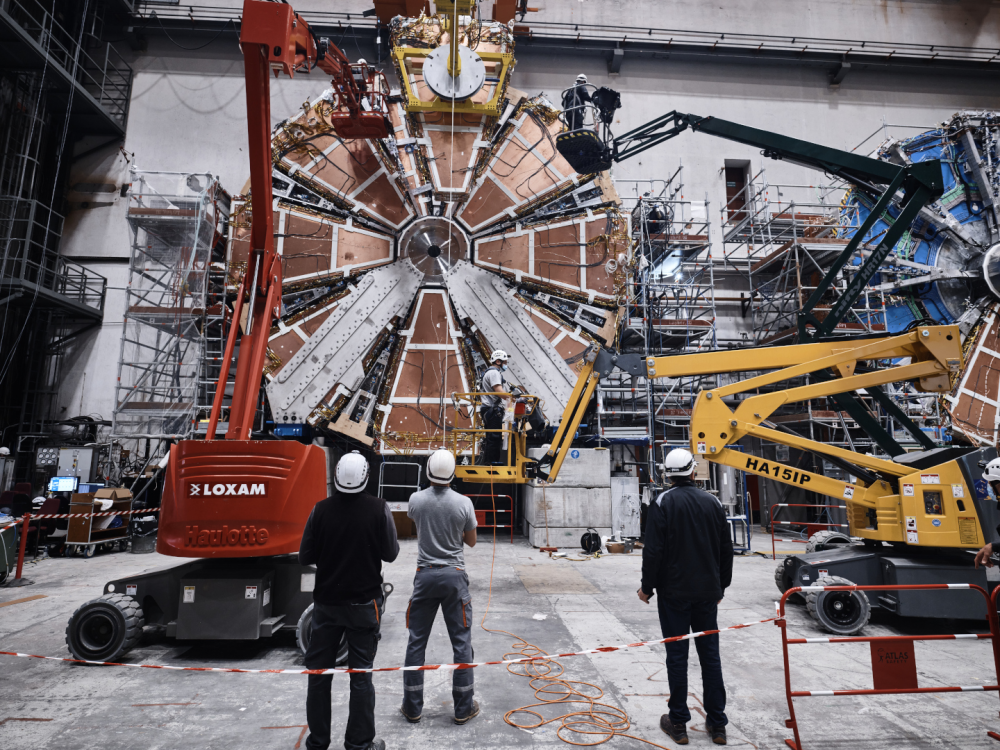CEA has delivered to CNES the flight version of the ECLAIRs instrument software for the SVOM satellite. This concludes a major instrumental development phase conducted by CEA over a period of 6 years to produce what is maybe one of the most complex software packages ever carried on a French scientific space instrument. The latest version of the software equips the ECLAIRs onboard computer, which departed to China in early 2023. It will be used during the satellite integration tests in Shanghai in preparation for the launch planned for early 2024. This software will analyse in real time the data from the instrument in flight, in order to detect gamma-ray bursts and localise them to better than 12 arcmin on the sky, to reorient automatically the satellite for follow-up observations, and to alert the scientific community.
As part of the luminosity increase of the Large Hadron Collider (LHC), the first phase of the ATLAS experiment upgrade is coming to an end, before a restart planned for early 2022. To meet the requirements of physics in a highly radiative environment with a high particle flux, the two internal wheels of the muon spectrometer will be replaced by new devices: the New Small Wheels (NSW).
After several years of R&D and production, IRFU has just sent the last of the 32 detection modules that will be integrated into the NSW at CERN. This corresponds to the assembly of about 400 m2 of gas detectors based on Micromegas technology: a record!
In August 2010 at CERN in Geneva, a team of physicists from SEDI and SPP working in collaboration with a group from ETH-Zurich obtained the first successful results from a MicroMegas detector operating in a time projection chamber filled with pure cryogenic argon at a temperature of 87.2 kelvin.




